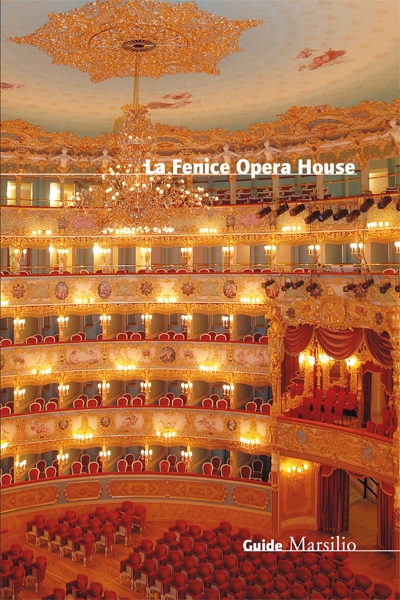Seven old theatres were active in Venice at the end of the eighteenth century, two for the production of plays and the others for music. The grandest of these was the San Benedetto, which stood on the site currently occupied by Rossini cinema. Built by the Grimani family in 1755, it was subsequently assigned to the Nobile Società di Palchettisti (Noble Association of Box-holders). However, following a judicial ruling in 1787, this association was expelled and forced to give up the opera house to the noble Venier family, the owners of the land on which it was built.
The association immediately proposed building a larger and more sumptuous opera house than the one it had lost, which would become the symbol of their changing fortunes and their capacity for "rebirth". It was therefore to be called La Fenice, like the mythical, immortal bird able to rise out of its ashes, to symbolise the association's splendid rebirth after its misfortunes.
Contents
La Fenice Theatre
Historical notes
Artistic notes
The facade
The foyer
The house
The royal box
The Sale Apollinee
The Sala Dante
The Sala Grande
The new rooms
The Sala Rossi
The gods bar/Rehearsal room
The exhibitions room/Rehearsal room
Chronology
The opera house in figures
Essential bibliography
